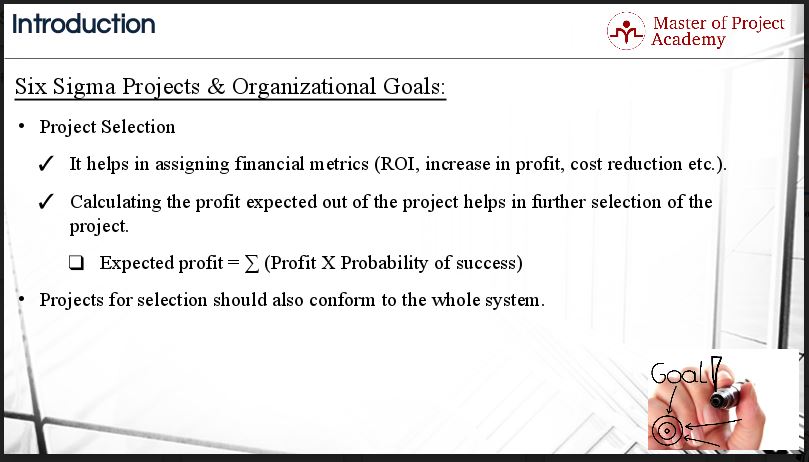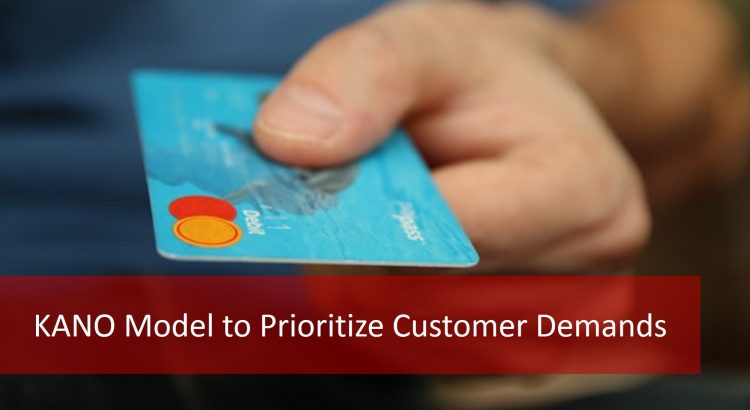In online Six Sigma course, we learn that the success of every Six Sigma project is determined by how well the process improvement increases customer satisfaction. The Six Sigma principle is based on the notion that a process should consistently deliver outputs that are within customer requirements. We determine the customer demands in the Six […]
Author: Leanie Louw

4 Interesting Elements of the Six Sigma Project Charter Document
The Six Sigma project charter document is the most important document of the Define phase of the Six Sigma DMAIC structure. Remember that, according to Lean Six Sigma Green Belt course, DMAIC stands for Define, Measure, Analyze, Improve, and Control. There is also the DMADV structure (Define, Measure, Analyze, Design, Verify) which you can learn […]

The 7 Roles and Responsibilities in Six Sigma Projects
One of the benefits of doing Six Sigma projects for problem-solving is that there are clearly defined roles and responsibilities for the various parties involved. If you are thinking of enrolling in online free six sigma training or lean six sigma green belt course to learn more about how to execute Six Sigma projects you will […]

Defects Per Unit (DPU): The Crux Of Six Sigma
There are many different terminologies in the world of Six Sigma. When we talk about Six Sigma, you will hear those words often: normal distribution, DMAIC, FMEA and so forth. The Six Sigma approach involves optimizing or improving a process to have as little defects as possible. That is why one of the most important […]
ITIL Process: The 5 ITIL Service Management Processes in the ITIL Service Lifecycle
There are 5 stages of ITIL lifecycle: Service Strategy, Service Design, Service Transition, Service Operation and Continual Service Improvement. These stages are interlinked and are briefly covered in the Free ITIL Foundation Overview course. They form the perfect ITIL Service Management plan. Each stage covers different content and the ITIL process that needs to be in place […]
